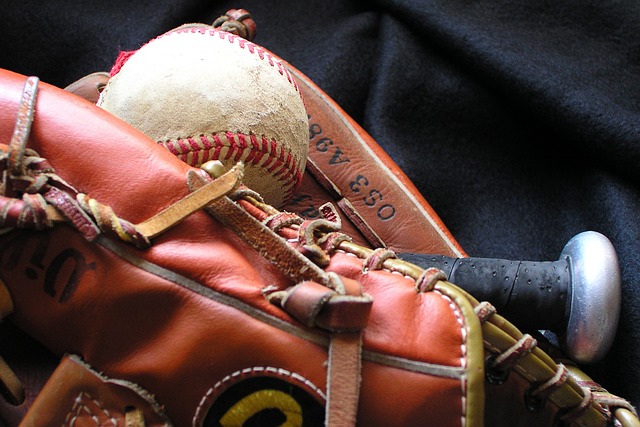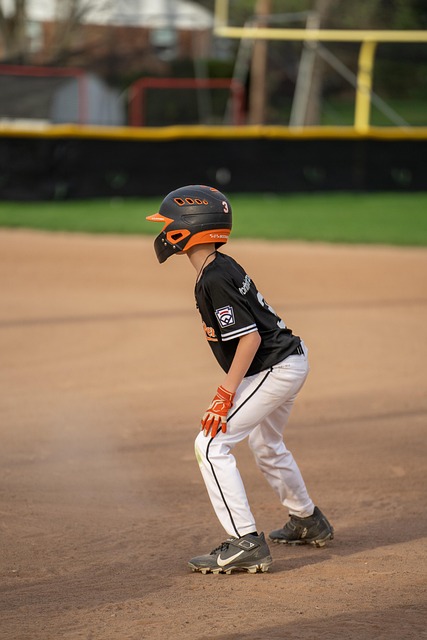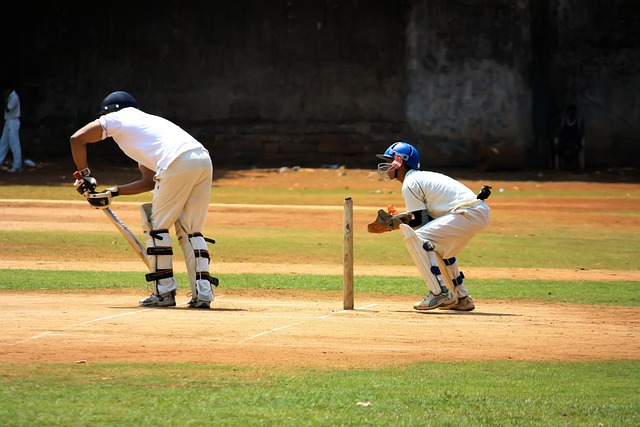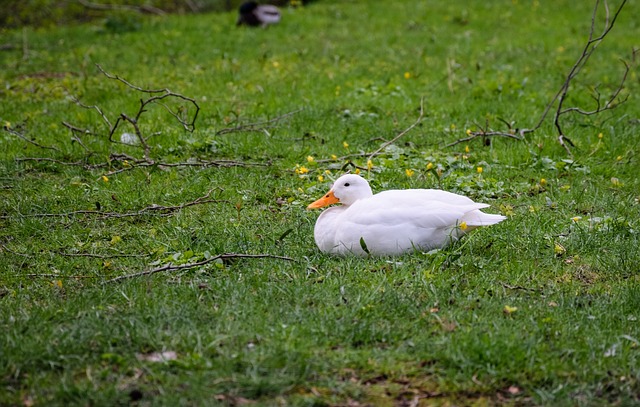Softball team training requires a comprehensive approach blending skill development, physical conditioning, and mental preparation. This includes dynamic stretching, plyometric drills, agility lanes for position-specific training, and strength exercises like push-ups, pull-ups, squats, and core work. Mental techniques such as visualization and breathing exercises enhance focus and decision-making under pressure. Customized speed and agility drills, along with effective team dynamics, improve footwork, reaction time, and overall performance, making it a game-changer for athletes' success on the field.
Ducks softball athletes require specialized training to excel in this dynamic sport. This comprehensive guide delves into the essential components of a successful training program, catering specifically to their unique needs. From understanding athletic dynamics to implementing effective drills and techniques, we explore strategies that enhance performance. We discuss agility and speed training, strength-building exercises, and the vital role of mental preparation, all crucial elements for fostering a high-performing softball team.
- Understanding the Unique Needs of Duck Softball Athletes
- Building a Comprehensive Training Program
- Incorporating Agility and Speed Drills
- Strength Training Techniques for Optimal Performance
- Mental Preparation and Team Dynamics for Success on the Field
Understanding the Unique Needs of Duck Softball Athletes

Ducks softball athletes bring a unique blend of abilities and challenges to the field, demanding a tailored approach in their softball team training. Unlike other sports, softball combines elements of speed, agility, and power, all while requiring precision and coordination. Understanding these multifaceted needs is key to developing an effective training regimen.
For instance, focusing solely on strength training might overlook the importance of flexibility and quick reflexes essential for optimal performance. A comprehensive program should integrate dynamic stretching exercises to enhance mobility, plyometric drills for explosive movements, and agility lanes for swift direction changes—all tailored to the specific positions players hold. Additionally, mental preparation is a significant aspect; teaching athletes visualization techniques can improve focus and decision-making during high-pressure games.
Building a Comprehensive Training Program

A well-rounded and effective softball team training program is essential for developing a strong and successful squad. It involves integrating various components to cater to different skill levels and athletic needs. When designing a comprehensive regimen, coaches should consider incorporating both fundamental and advanced skills practice, ensuring athletes receive structured guidance in throwing, batting, fielding, and base running.
The program should also include conditioning exercises tailored to enhance agility, speed, and endurance, which are pivotal for softball players. By combining skill development with physical conditioning, the softball team training regimen prepares athletes holistically, fostering a competitive edge on and off the field.
Incorporating Agility and Speed Drills

Incorporating agility and speed drills into softball team training is a game-changer for athletes’ performance and overall development. These exercises focus on enhancing footwork, quickness, and reaction time—essential skills in softball, where split-second decisions can turn the game’s outcome. Drills like cone runs, ladder drills, and shuttle sprints not only improve an athlete’s agility but also help them build explosive power, crucial for hitting home runs or making swift defensive plays.
Softball team training should design these drills to challenge athletes at various levels, ensuring each player receives a personalized workout. For instance, incorporating side-to-side movements and quick direction changes can simulate the dynamic nature of softball games, fostering better adaptability on the field. Regularly integrating agility and speed workouts into the training regimen will contribute to improved performance, reduced reaction times, and increased overall efficiency for the softball team.
Strength Training Techniques for Optimal Performance

Incorporating strength training techniques into softball team training is essential for athletes to achieve optimal performance on the field. Unlike other sports, softball requires a unique combination of upper and lower body strength, explosiveness, and agility. Therefore, a well-rounded training program should focus on developing these specific muscle groups through exercises like push-ups, pull-ups, squats, lunges, and core work. These compound movements not only build overall strength but also enhance athletic performance by improving balance, coordination, and power transfer from the legs to the upper body during throwing and hitting motions.
Softball athletes should aim for 2-3 dedicated strength training sessions per week, allowing for proper rest and recovery between workouts. Each session should be structured with a warm-up, skill-specific exercises tailored to individual needs, and cool-down stretches. By integrating these practices into their routine, players can expect to see improvements in their throwing velocity, batting power, and overall endurance, ultimately elevating the performance of the softball team.
Mental Preparation and Team Dynamics for Success on the Field

Mental preparation is a key component of successful softball team training. Before stepping onto the field, athletes must cultivate a positive mindset, focusing on goal-setting and visualising success. This mental fortitude allows players to handle pressure situations effectively, quicken reaction times, and boost overall performance during games. Building resilience through mental exercises like breathing techniques, visualisation, and affirmations can equip ducks softball athletes to navigate challenges with composure and determination.
Team dynamics play a significant role in unlocking the full potential of any softball team. Effective communication, trust, and camaraderie among players foster an environment conducive to learning and growth. Through collaborative problem-solving, constructive feedback, and mutual support, teams develop strategies tailored to individual strengths while mitigating weaknesses. A cohesive unit, where every member understands their role within the larger strategy, becomes a formidable force on the field, enhancing overall performance during training and competitions.






